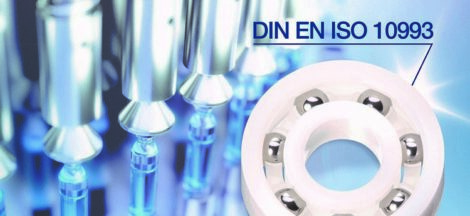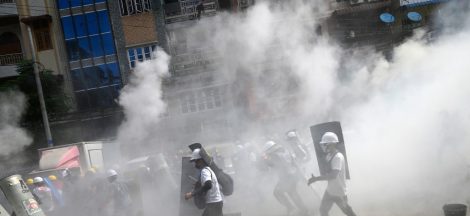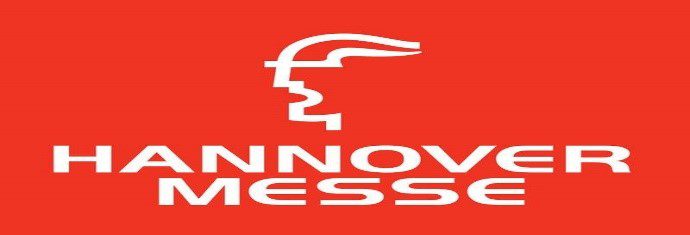Bank Indonesia Launches National Payment Gateway. Meanwhile, four main e-money issuers—PT Bank Mandiri, PT Bank Central Asia (BCA), PT Bank Rakyat Indonesia (BRI), and PT Bank Negara Indonesia (BNI)—had signed an agreement for their e-money interoperability.

Bank Indonesia (BI) on Monday launched the long-awaited national payment gateway, locally known as “Gerbang Pembayaran Nasional” (GPN).
Infrastructure sharing would cut the cost of interbank transactions, said BI Governor Agus Martowardojo during the launch ceremony in Jakarta.
“Usually banks charge a 2 to 3 percent merchant discount rate if a customer uses another bank’s card, but now the rate is only 1 percent with the infrastructure sharing,” he said during the launch event at the BI office in Jakarta.
He said four local interbank switching companies—PT Artajasa Pembayaran Elektronis, PT Rintis Sejahtera, PT Alto Network and PT Jalin Pembayaran Nusantara—would establish a consortium called PT Penyelengara Transaksi Elektronis Nasional to manage the infrastructure sharing.
Meanwhile, four main e-money issuers—PT Bank Mandiri, PT Bank Central Asia (BCA), PT Bank Rakyat Indonesia (BRI), and PT Bank Negara Indonesia (BNI)—had signed an agreement for their e-money interoperability.
“You can see many automated teller machines (ATM) and electronic data capture (EDC) machines in certain shops or malls. With the sharing, one machine can serve many kinds of cards with a cheaper transaction cost,” Agus said. He added that fewer ATM and EDC machines were needed with the interoperability, and unused machines could be used in other locations. (bbn, Anton Hermansyah, The Jakarta Post)





 ‘No Immediate impact’ from Philippines’ New Coal Tax
‘No Immediate impact’ from Philippines’ New Coal Tax 